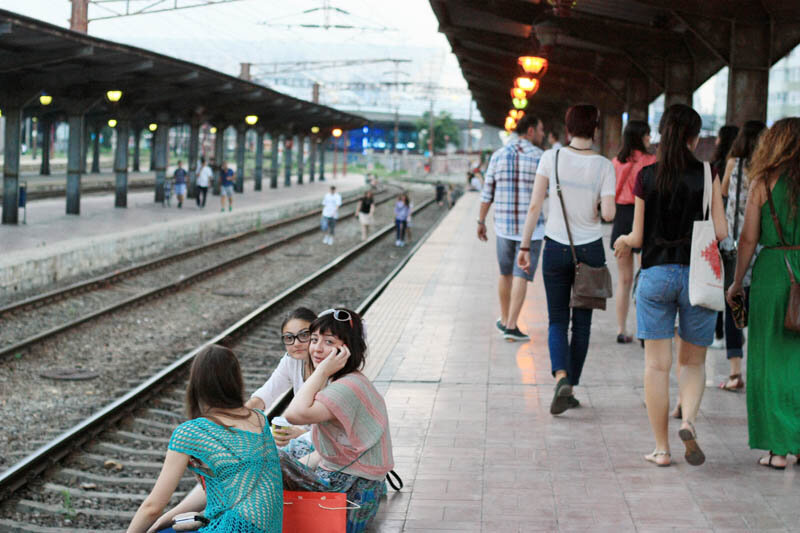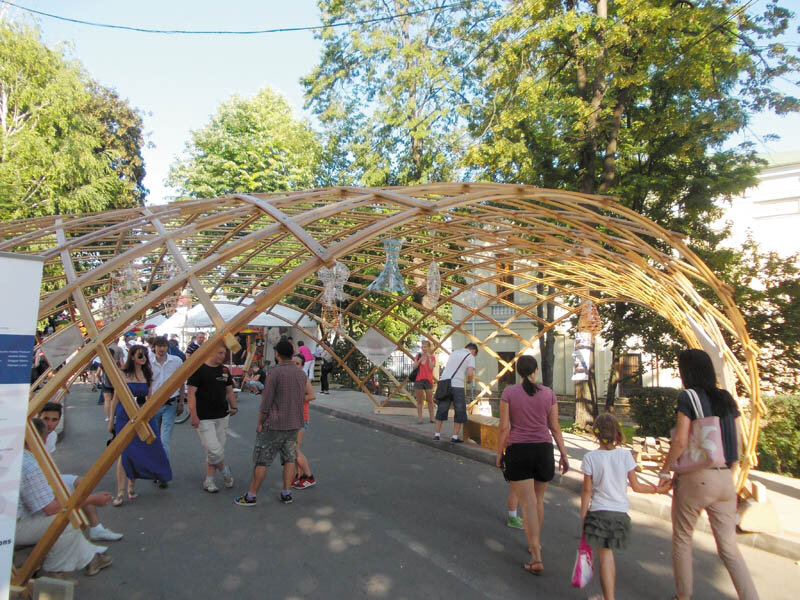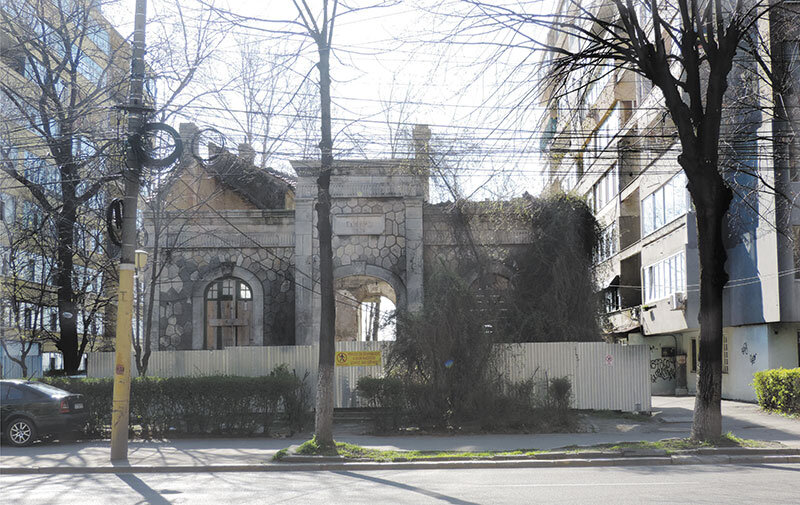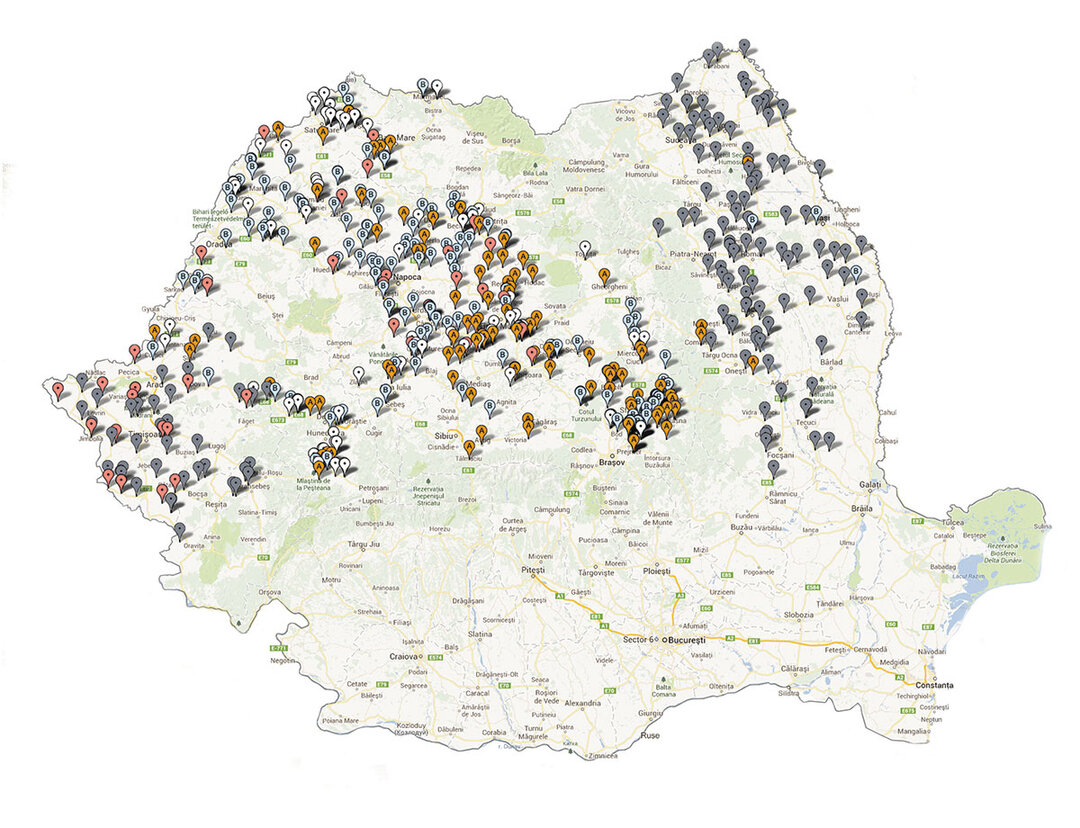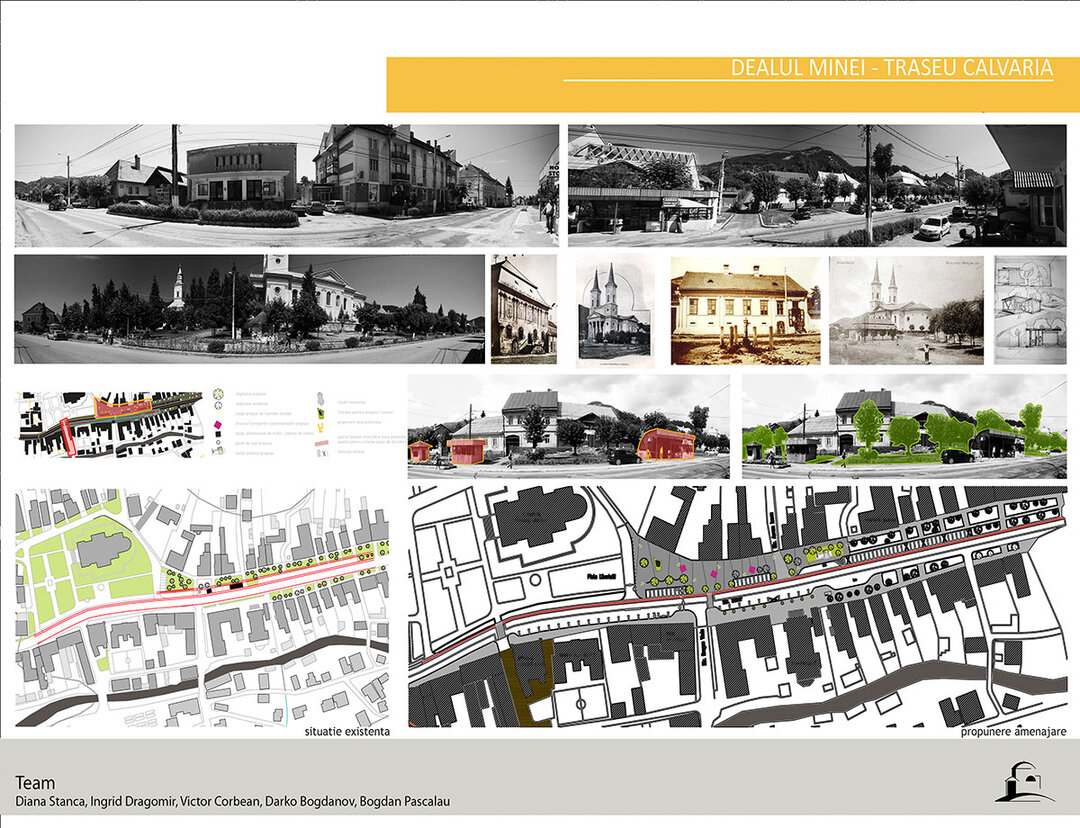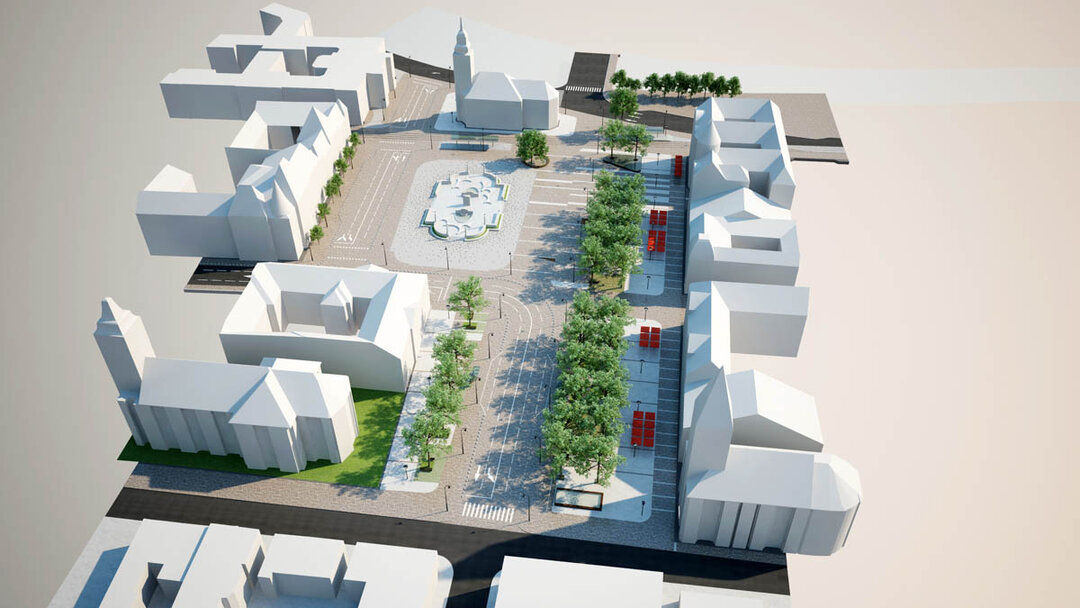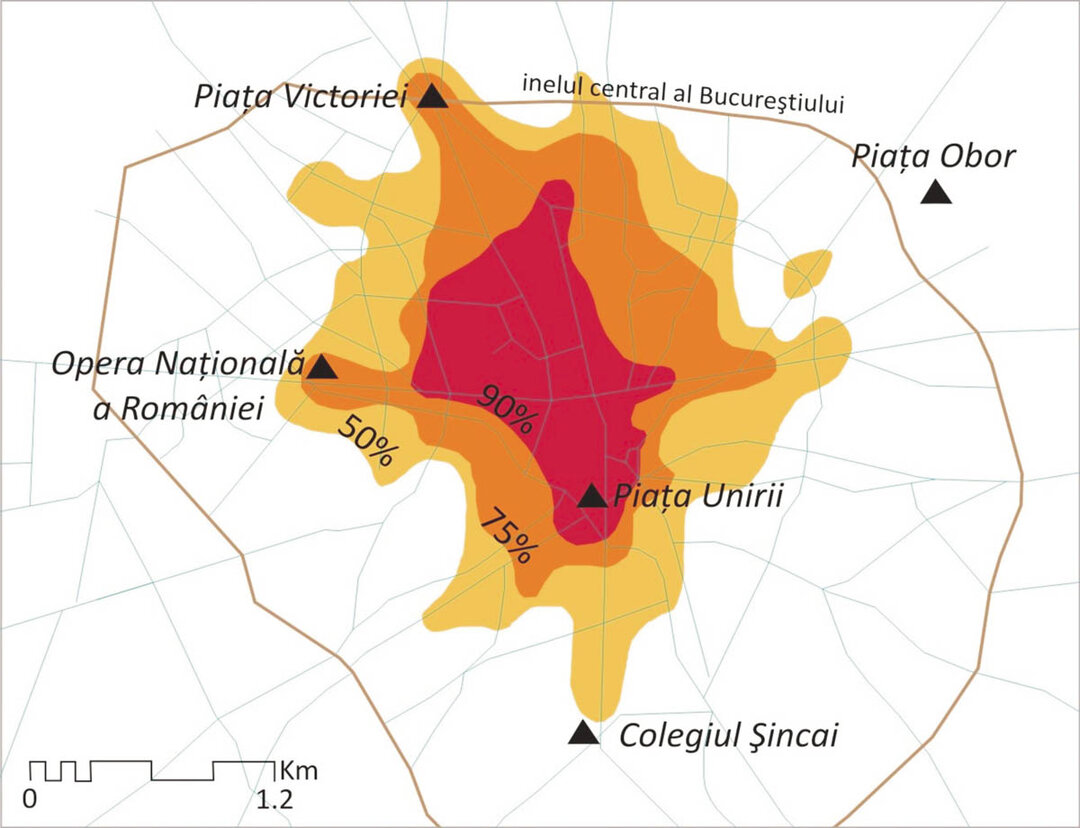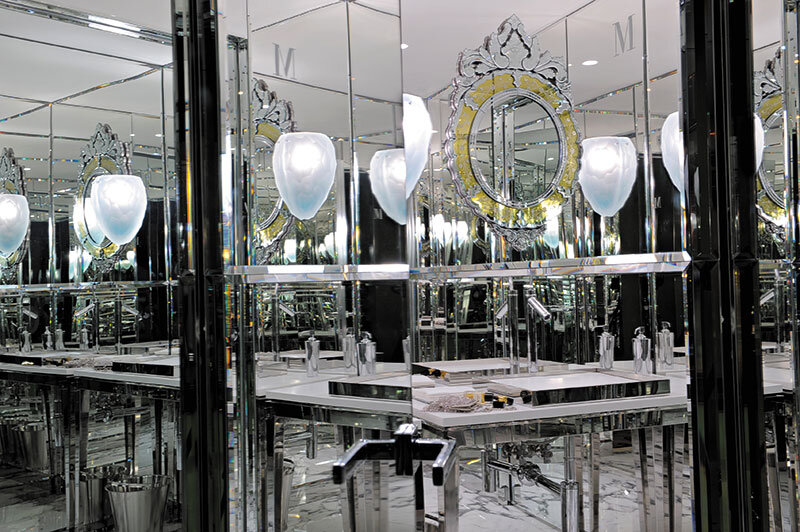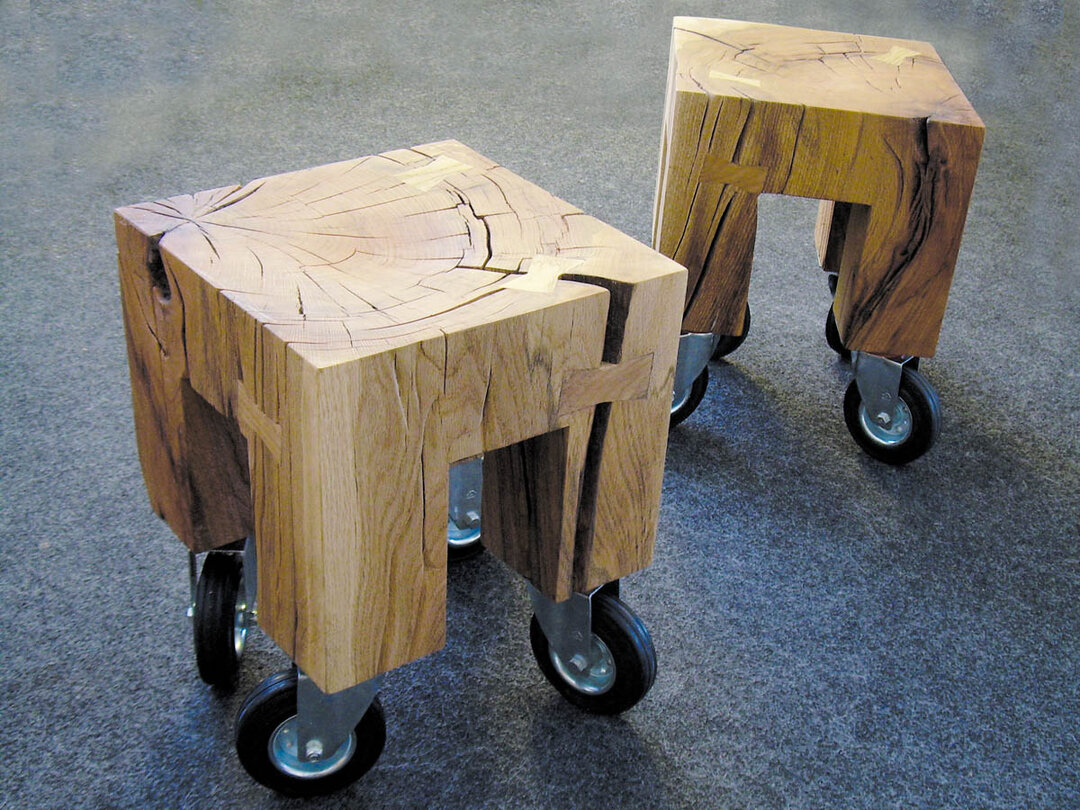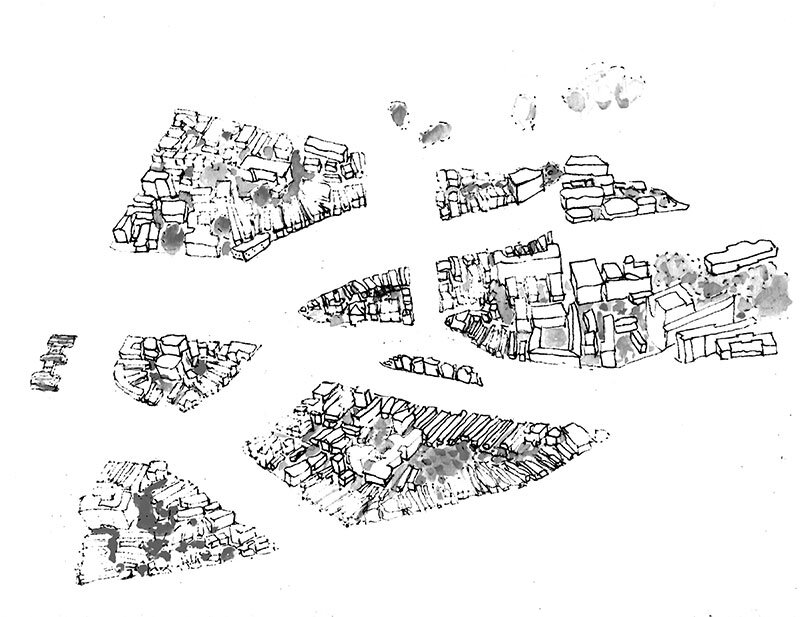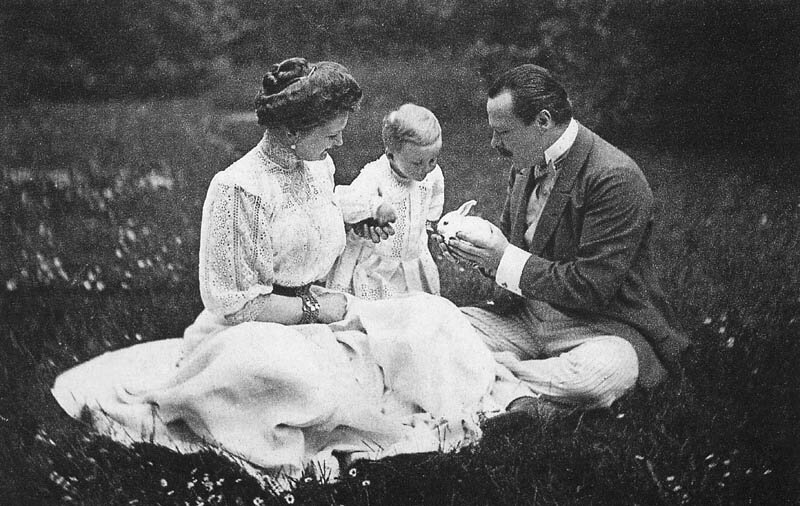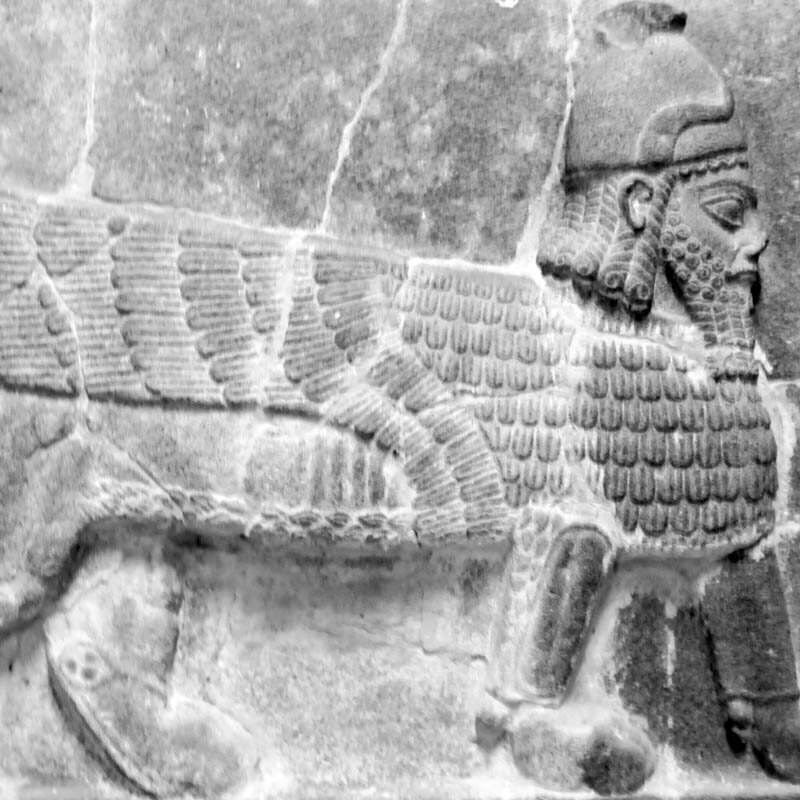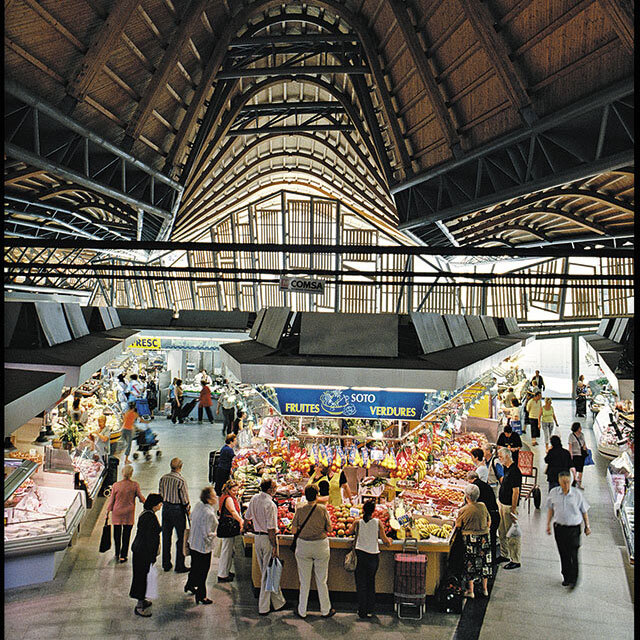Casa Oglinzilor Imaginea (re)generată…
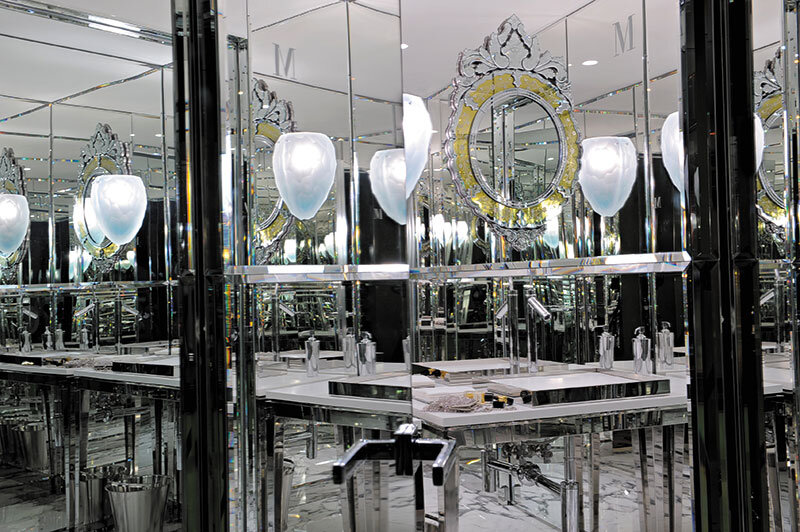
Looking-Glass House The (Re)Induced Image ...
| „Kitty, ți-ar plăcea să locuiești în Casa Oglinzilor? Mă întreb dacă acolo au lapte. Poate că laptele din Casa Oglinzilor nu este la fel de bun. (…) Dacă lași ușa de la salonul nostru larg deschisă, în Casa Oglinzilor, poți numai să întrezărești cealaltă lume cu coada ochiului: și se aseamănă foarte bine cu lumea noastră, atât cât poți vedea din ea, deși s-ar putea să fie diferită (…). Oh, Kitty! Ce frumos ar fi dacă am putea trece prin sticlă și intra în Casa Oglinzilor! Sunt sigură că sunt atâtea lucruri frumoase în ea! Hai să pretindem că o putem face, Kitty, că putem intra! Să ne imaginăm că sticla este moale ca tifonul, că putem trece prin ea.”1 |
| „Oh, Kitty! Ce frumos ar fi dacă am putea trece prin sticlă și intra în Casa Oglinzilor! ”, își mărturisea dorința Alice în discuția cu pisica, în povestea Through The Looking-Glass. Inducând incertitudinea, dar și posibilitatea ca reflexia să pară reală, o re-generare prin oglindire a lumii plecând de la jocul aparențelor2.
Frecvent, arhitectura împrumută din magia scenică percepția scenografică a iluziilor planurilor, oglinzile fiind un mediu speculativ. Trucuri scenice precum apariția, transformarea (distorsionarea), teleportarea, evadarea, levitarea alimentează uzul oglinzilor în sensuri multiple dincolo de uzanța celebră a dublului.Oglinzile în arhitectură au fost folosite cu multiple aplicații plecând de la planeitatea lor. Cel mai frecvent întâlnim oglinzile plane în forme specifice, cum ar fi trecerile, holul cu oglinzi, planurile înclinate sau speculând distorsiunile, inducând iluzia. Deloc marginalizate, oglinzile concave și convexe, în formă comună, sferică, dezvoltă o relație particulară cu primul plan, apropiind respectiv depărtând subiectul. Oeil de Sorcière, sau oglinzile convexe, s-au dezvoltat începând cu secolul al XV-lea pe scară largă, așa cum se remarcă și din utilizarea lor în interioarele vremii și-n reprezentările picturale: Portretul Arnolfini (Jan van Eyck), altarul Werl (Robert Campin). O aplicație particulară a oglinzii cilindrice este fenomenul de anamorfoză. Aplicații particulare ale reflexivității sunt oglinzile acustice, oglinzile active (care amplifică efectul luminii), oglinzile reci și calde (definite în relație cu spectrul luminii), oglinzi de colț (utilizate în sisteme de urgență), oglinzi non-reversibile etc.Din punct de vedere perspectiv, oglinzile dezvoltă magia iluziei, a aparițiilor, disparițiilor, deformărilor, mediilor transparente. Un exemplu celebru folosit în cinematografie, scenografie, magie este cel al „fantomei Pepper”, un sistem ingenios de planuri verticale, care proiectează imaginea în alt loc decât cel în care se găsește. Împrumutând numele lui John Henry Pepper, cel care a popularizat-o, fantoma dezvoltă ideea originară și observațiile lui Giambattista della Porta (cunoscut și pentru camera obscură) din Magia Naturalis (1584), aplică jocul reflexiei, percepției frontale. Alte aplicații ale planului reflexiv le întâlnim sub forma holului cu oglinzi (de obicei, în parcurile de distracții, multiplicând imaginea și distorsionând-o, speculând tema multiplului), a labirintului (care mizează pe disimularea permeabilității planurilor, antitetic, conducând în camere fără ieșire). În literatură, oglinda apare frecvent având deja funcție arhetipică. Corintenii 13:12relaționează clarobscurul și adevărul vizibil: „Acum, vedem ca într-o oglindă, în chip întunecos; dar, atunci, vom vedea față în față. Acum, cunosc în parte; dar, atunci, voi cunoaște deplin, așa cum am fost și eu cunoscut pe deplin”. |
| Citiți textul integral în numărul 4/2013 al revistei Arhitectura |
| 1 Carroll, Lewis - Through The Looking-Glass (traducere liberă), capitolul I, http://www.gutenberg.org/files/12/12-h/12-h.htm, accesat: 03.02.2012.
2 Extras și adaptare din teza de doctorat Anagrama arhitecturii imaginare, capitolul Casa și limitele - Crișan, Ana-Maria. Anagrama arhitecturii imaginare. Metamorphosis - reevaluarea paradigmei temporale în arhitectură. Universitatea de arhitectură și Urbanism „Ion Mincu”, București, 2012. |
| „How would you like to live in Looking-glass House, Kitty? I wonder if they’d give you milk in there? Perhaps Looking-glass milk isn’t good to drink - if you leave the door of our drawing-room wide open: and it’s very like our passage as far as you can see, only you know it may be quite different on beyond. Oh, Kitty! How nice it would be if we could only get through into Looking-glass House! I’m sure it’s got, oh! Such beautiful things in it! Let’s pretend there’s a way of getting through into it, somehow, Kitty. Let’s pretend the glass has got all soft like gauze, so that we can get through. Why, it’s turning into a sort of mist now, I declare! It’ll be easy enough to get through.”1 |
| „Oh, Kitty! How nice it would be if we could only get through into Looking-glass House!”, Alice confessed the desire in her discussions with Kitty cat in the story Through the Looking-Glass, inducing the uncertainty and the possibility that the reflection looks real; it is in fact a reinducemnet / recreation process through the real world mirroring starting from the game appearances2.
Frequently, the architecture borrows from the theatrical magic the scenic perception of the illusion of different plans, the mirrors were a speculative environment. Performing tricks such as emergence, transformation (distortion), teleportation, escaping, levitation, fuel the use of mirrors in multiple directions beyond the famous customary use of the double.In architecture, mirrors were used with multiple applications starting from planarity. We meet mostly the flat mirrors in their specific forms, such as crossings, hall mirror, inclined planes or speculating distortion, inducing an illusion. Not marginalized, the concave and convex mirrors, in their common spherical shape, develop a particular relationship with the first plan, approaching respectively distancing the subject. Oeil de Sorcière, the convex mirrors, have developed on a large scale since the fifteenth century, as is their use in the interiors of the time, and in the pictorial representations: Arnolfini Portrait (Jan van Eyck), the Altar of Werl (Robert Campin). A particular application of the cylindrical mirror is the anamorphosis - phenomenon, while reflection has specific applications with the acoustic mirrors, the active mirrors (which amplify the effect of the light), the cold and hot mirrors (defined in relation to the light spectrum), the corner mirrors (used in emergency systems), the non-reversible mirrors etc.From the perspective point of view, the mirrors develop the magic of the illusion, the appearance versus the disappearance, the distortions of the transparent environments. A famous example used in cinematography, costume design and magic is „Pepper’s ghost”, an ingenious system of vertical planes, placing the image in a different place from its location. Borrowing John Henry Pepper’s name, the one who made it popular, the ghost develops the original idea and the observations of Giambattista Della Porta (also known for the darkroom) from Magia Naturalis (1584); it applies the game of the reflection and of the frontal perception. We encounter other applications of the reflective plane in the form of the Hall with mirrors (typically in amusement parks, where, by multiplying the image and prolonging it, the theme of the multiple is speculated), in the labyrinth (that counts on the dissimulation of the assumed permeability, antithetical, leading into sealed rooms). In literature, the mirror appears to often have already an archetypical function. Corinthians 13:12 relate chiaroscuro to the visible truth: „For now we see only a reflection as in a mirror; then we shall see face to face. Now I know in part; then I shall know fully, even as I am fully known”. |
| Read the full text in the print magazine. |
| 1 Carroll, Lewis - Through the Looking-Glass, Chapter I - http://www.gutenberg.org/files/12/12-h/12-h.htm, accessed: 03.02.2012.
2 Excerpt from the PhD Thesis The Anagram of the Imaginary Architecture. Metamorphosis - Revaluing the Time Paradigm in Architecture, chapter 3 The House and its Limits - Crisan, Ana-Maria. Anagrama arhitecturii imaginare. Metamorphosis - reevaluarea paradigmei temporale în arhitectură. ”Ion Mincu” University of Architecture and Urbanism, Bucharest, Romania, 2012. |
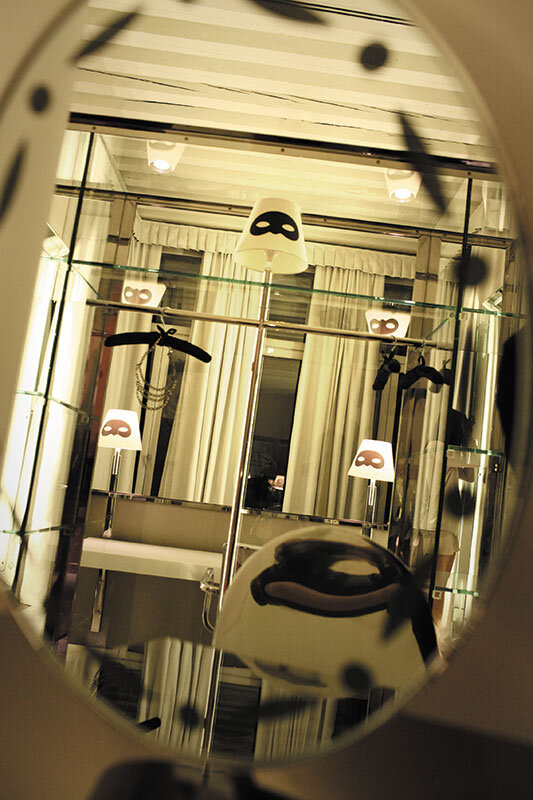
Philippe Starck. Amenajare Hotel Palazzina Grassi, Veneția, Italia, 2009.
Copyright © Lucie Fayard. Sursa: http://www.starck.com/en/; http://www.palazzinag.com/;
Descriere Hotel Design, sursa: http://press.designhotels.com/press/press_releases/palazzina_grassi
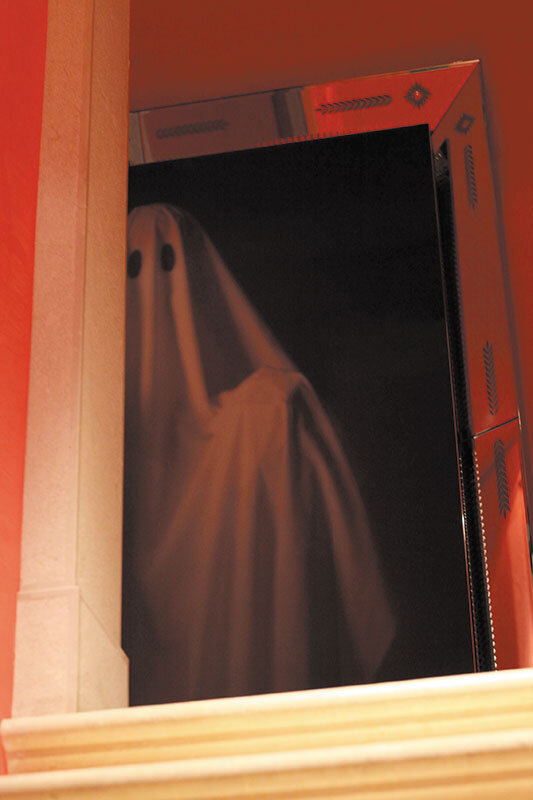
Philippe Starck. Hotel Palazzina Grassi, Venice, Italy, 2009.
Copyright © Lucie Fayard. Sursa: http://www.starck.com/en/; http://www.palazzinag.com/;
Original description from Design Hotel, source: http://press.designhotels.com/press/press_releases/palazzina_grassi
Autoarea mulțumește pentru sprijinul acordat în ilustrarea articolului: Philippe Strack - http://www.starck.com/en/; Hotel-ului La Maison des Champs Elysées -http://www.lamaisonchampselysees.com/; VAV architects - http://vavarchitects.blogspot.ro/;
The author thanks for the support in illustrating the article: Philippe Strack - http://www.starck.com/en/; Hotel-ului La Maison des Champs Elysées - http://www.lamaisonchampselysees.com/; VAV architects - http://vavarchitects.blogspot.ro/;
